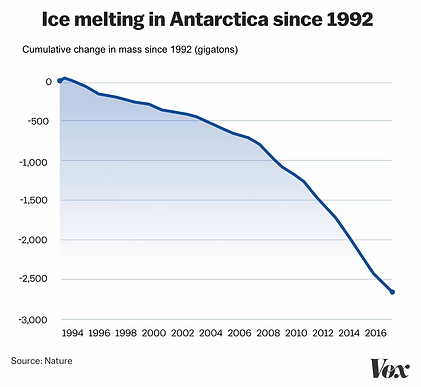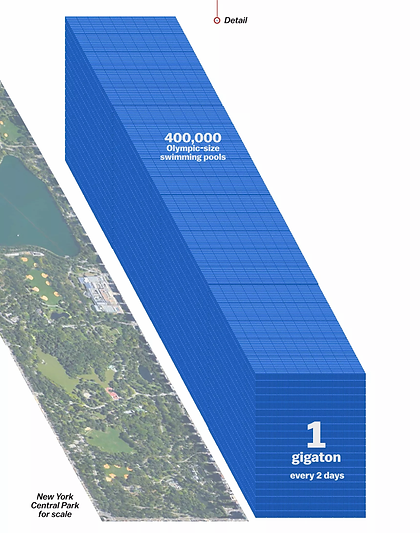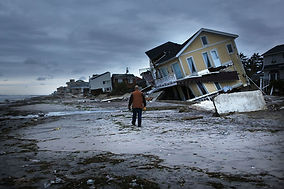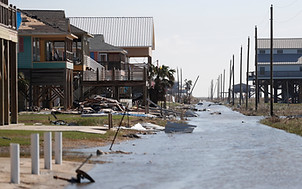top of page
What's actually happening?


Since 1992, Antarctica has lost 2.71 trillion tons of ice.
Now, what does 2.71 trillion tons look like?
Let's use Olympic-size swimming pools to explain what's happening:

An Olympic-size swimming pool is filled with 2,500 metric tons.
Every second, Antarctica is losing about triple this amount in ice.

Every 40 hours, Antarctica loses 1 gigaton (1 billion tons) of ice.

For the 25-year period between 1992 and 2017, Antarctica lost an average ice mass of 109 gigatons per year.
What does this mean for us?



Antarctica’s ice sits on top of a land mass. It is formed by precipitation over millions of years, and is upward of 3-miles thick.
Since it’s not in the water, Antarctica ice raises global sea levels when it melts.
A melting Antarctica has the potential to submerge coastlines around the world.
It's not too late.
We have the power to ensure our place in our planet's future.
Join our host, Mario Lopez, on our journey to meet the amazing individuals and companies, that are creating that very future.

bottom of page
